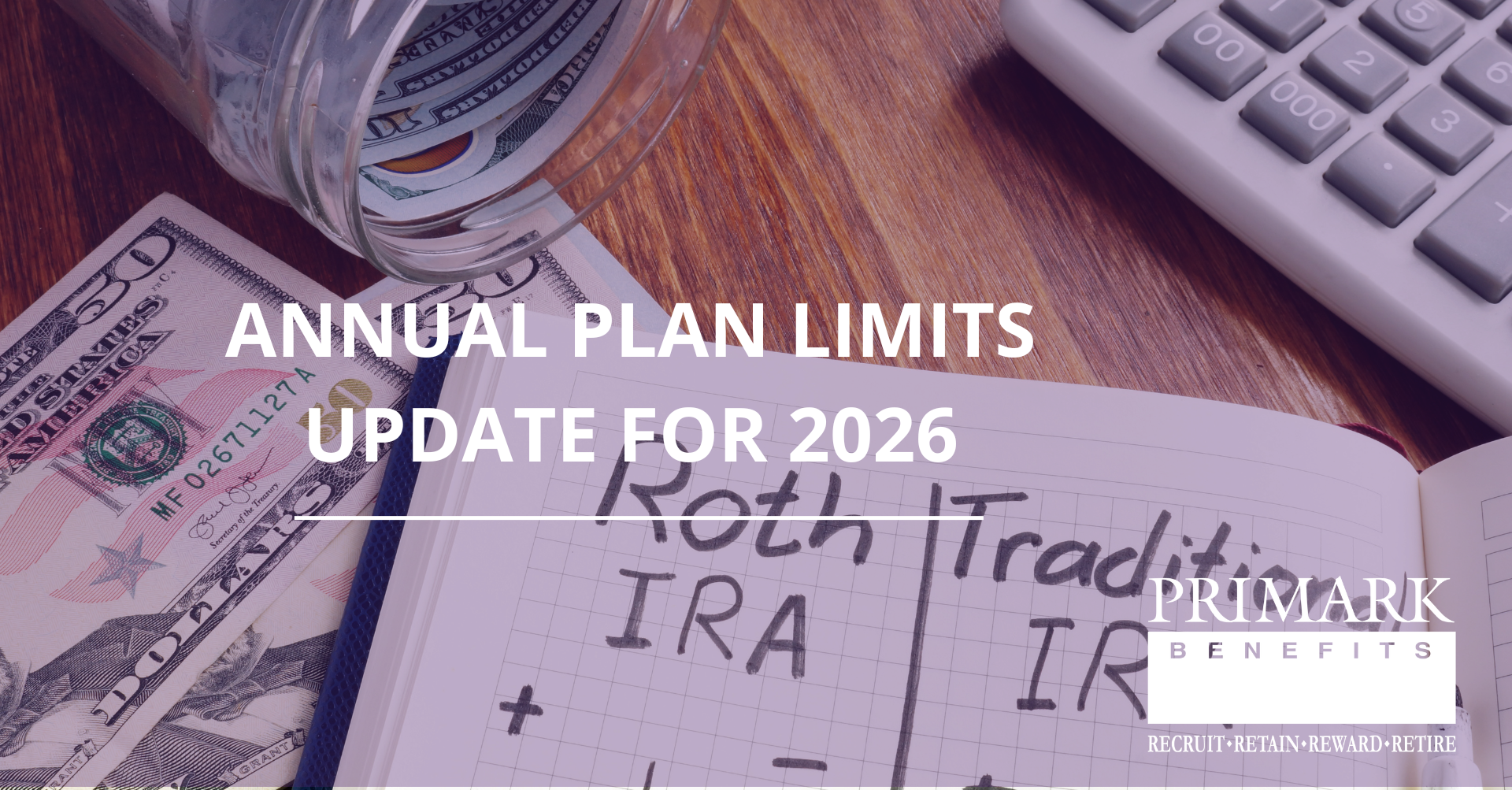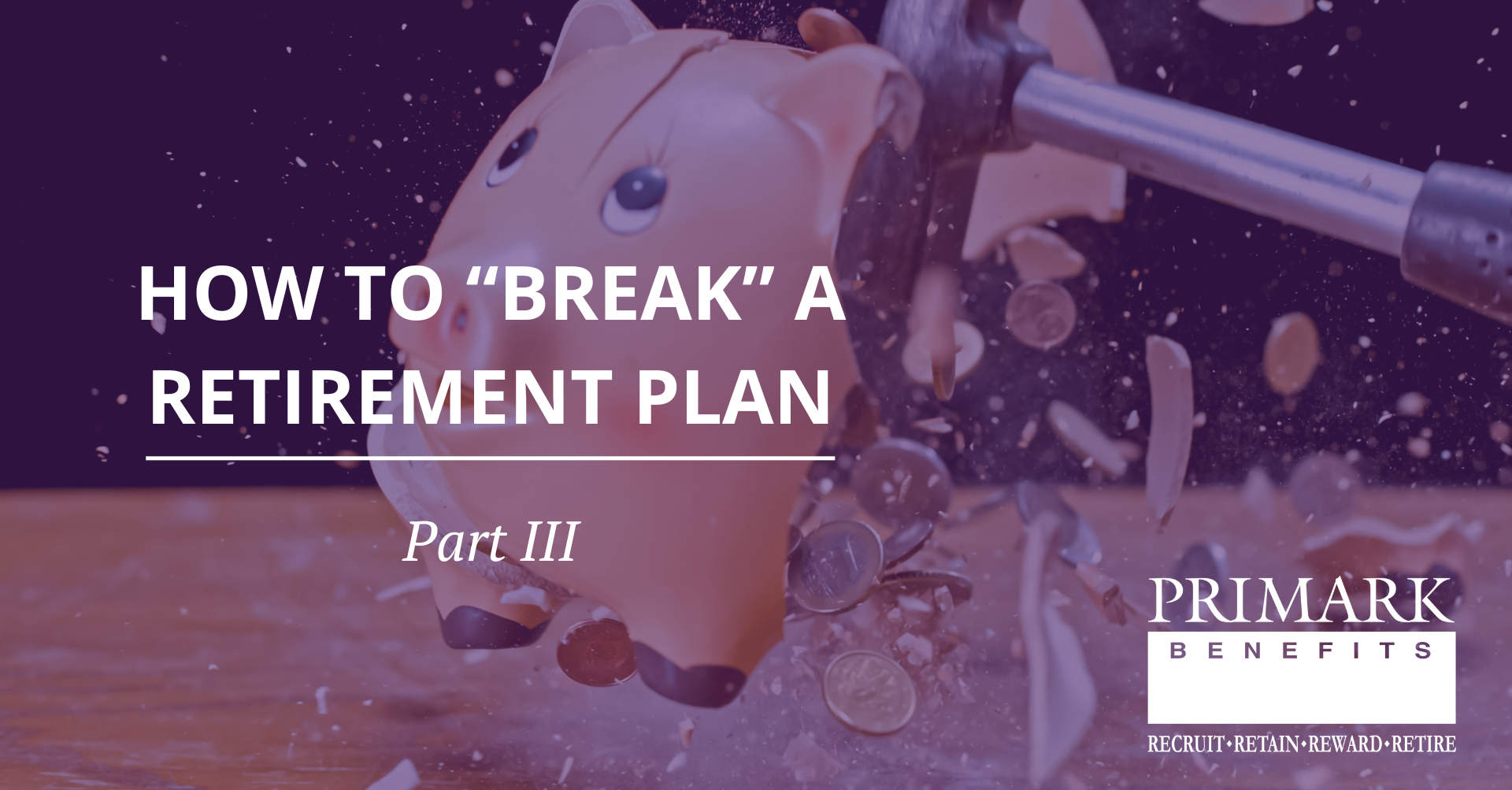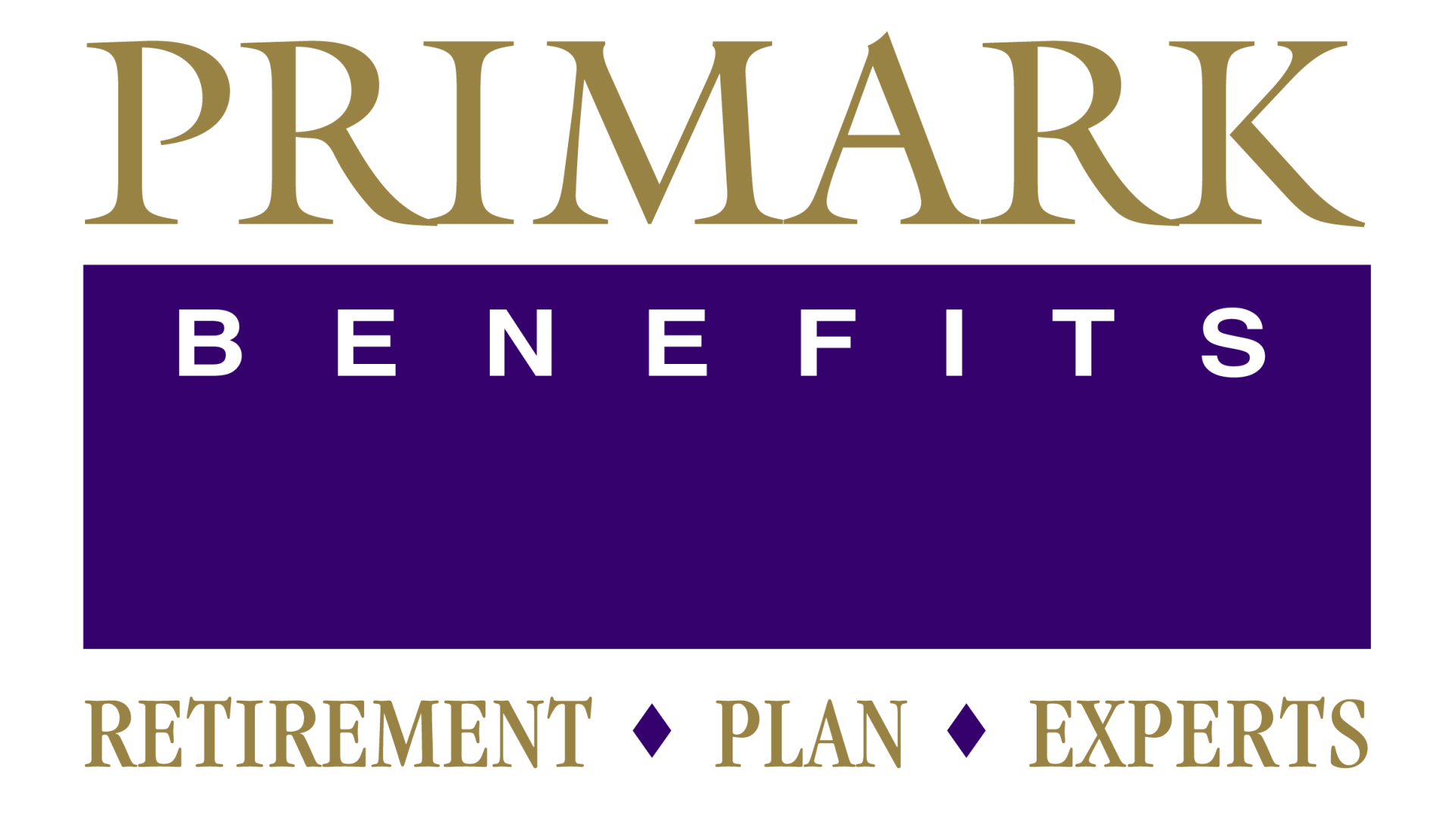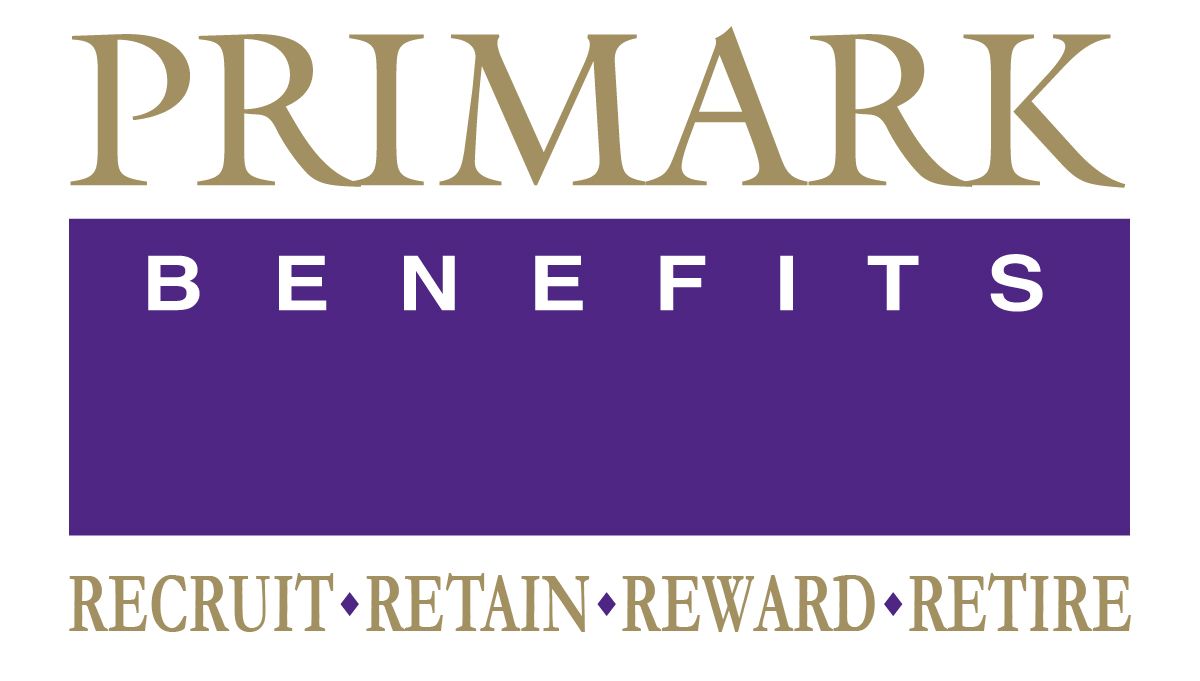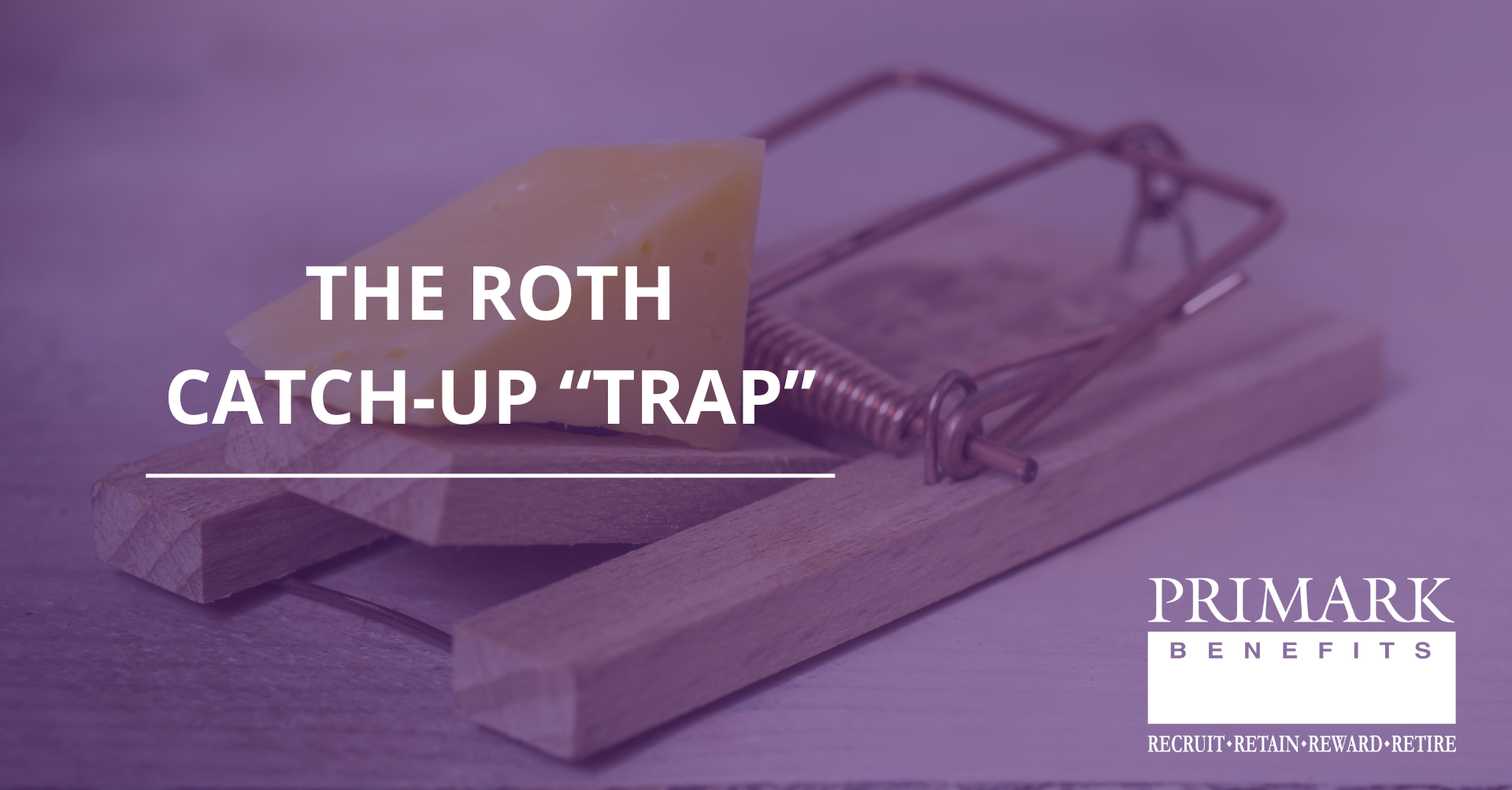Overcoming Mid-Career Retirement Savings Hurdles
Practical tips for Gen X and Millennial workers to save for retirement

Life in the middle can be a pickle—just ask any mid-career employee. They're often caught between a rock and a hard place, or, more accurately, a kid's college fund and an aging parent's medical bills. Add to that the rising cost of living, and you've got a perfect storm for financial stress.
Money and Happiness
Did you know that 59% of Americans think money can buy happiness? With the magic number being $1.2 million. Interesting though, for a significant portion of your workforce, financial happiness is tied to timely bill payments (67%), being debt-free (65%), and maintaining a healthy work-life balance (44%), thus highlighting the connection between financial security and happiness.[1]
Of note, 73% agreed that a solid financial plan leads to greater happiness.1 Here are some ways you can help your mid-career employees through life challenges and assist them in pursuing their retirement savings goals.
Confirm Retirement Savings are on Track
Mid-career employees still have time on their side. By encouraging them to review their retirement contributions and plugging their information into a financial calculator, it could make the difference between retirement stress or retirement success.
- 1 - 5% deferral | Potentially insufficient to replace future income needs
- 6 - 8% deferral | Better but below recommendations
- 10 - 15% deferral | Recommended by industry experts
Leverage Financial Wellness Platforms
We live in a digital age where there's an app for everything, even financial wellness. By offering access to these platforms, you can empower your employees to take control of their finances. These platforms often include features like budgeting tools, financial health scores, and savings goal trackers. Adding these financial wellness apps to your employee benefits may greatly improve job satisfaction, retain employees longer, and increase workplace productivity.
Consider Family Caregiver Support Programs
Research shows that 56% of employees consider themselves caregivers.[2] Many mid-career employees are part of this “sandwich generation,” simultaneously raising children and caring for aging parents. Offering family caregiver support programs can help reduce this burden. This could be as simple as flexible work hours to accommodate morning drop-offs and afternoon pick-ups for children. It could also include more comprehensive support like resources for affordable care, aging-in-place, legal advice, and/or help with financial planning.
Because Education Isn’t Cheap
For employees who have children, one of the significant financial burdens for mid-career employees is saving for education. By offering information and access to 529 plans—tax-advantaged savings plans designed to encourage saving for future education costs—you can help reduce this stress.
However, a word of caution: as much as parents value their children's education, it's important to remember that while loans are available for college, the same cannot be said for retirement. So, encourage your employees to save for themselves first.
Emergency Savings, Withdrawals, and Loans
The SECURE Act 2.0 has introduced two new employee options aimed at enhancing financial flexibility:
- Payroll deducted emergency savings or “sidecar” emergency savings accounts: Non-highly compensated employees can contribute up to 3% of wages into a capped $2,500 Roth-like account. Excess contributions spill over into their Roth 401(k). Notably, the first four yearly withdrawals from this emergency savings account are free.
- Penalty-free emergency withdrawals: Another provision allows any participant to make a one-time, non-loan withdrawal of up to $1,000 from their retirement savings for emergencies, without the usual 10% tax penalty. The process requires minimal paperwork and can optionally be repaid within three years. Because this is not a loan and requires minimal paperwork, it could save busy HR professionals and 401(k) administrators time and streamline the distribution processes.
While it's advisable to leave retirement savings untouched, life happens. Providing options for loans or hardship withdrawals from retirement accounts can be a lifeline for employees facing financial difficulties. However, it's crucial to educate employees about the potential impact on their retirement savings to help them make informed decisions.
Leveraging Empathy
Empathy is key when helping your mid-career employees overcome these hurdles. Establish a relationship with a specialized retirement plan advisor to help understand their unique challenges. Listen to their concerns and provide them with the tools and resources needed to achieve their retirement savings goals. Remember, a financially secure employee is likely to be more engaged, productive, and loyal—factors that can significantly contribute to your company's success.
[1] Empower. “Financial Happiness.” Jan 2024.
[2] Bank of America. “2023 Workplace Benefits Report.” Aug 2023.
